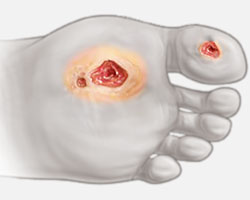- Home
- Foot & Ankle Conditions
- Diabetic Foot Conditions
Diabetic Foot Conditions
- Published 6/1/2018
- Last Reviewed 11/26/2024
Why do diabetics have foot problems?
For diabetics, ordinary foot problems can quickly lead to infection and serious complications.
High blood sugar caused by poorly controlled diabetes can cause nerve damage (neuropathy) —especially to nerve cells in the feet. When nerves are damaged, they don’t accurately report pain to the brain.
Pain is our body's alarm system, letting us know that something needs attention. Without this vital sensory feedback, you might overlook a minor injury like a cut, blister, or sore. If left untreated, these small problems can become serious.
-
ABFAS® Board Certified in Foot Surgery and Reconstructive Rearfoot and Ankle Surgery. and Director of University Foot and Ankle Institute
Dr. Bob Baravarian DPM, FACFAS is a Board-Certified Podiatric Foot and Ankle Specialist. He is an assistant clinical professor at the UCLA School of Medicine and serves as Director of University Foot and Ankle Institute.
Dr. Baravarian has been involved in athletics his entire life and played competitive tennis in high school and college. He has an interest in sports medicine, arthritis therapy, and trauma/reconstructive surgery of the foot and ankle. He is also fluent in five languages (English, French, Spanish, Farsi, and Hebrew),
-
ABFAS® Board Certified in Foot Surgery and Reconstructive Rearfoot and Ankle Surgery. and Director of University Foot and Ankle Institute
Dr. Bob Baravarian DPM, FACFAS is a Board-Certified Podiatric Foot and Ankle Specialist. He is an assistant clinical professor at the UCLA School of Medicine and serves as Director of University Foot and Ankle Institute.
Dr. Baravarian has been involved in athletics his entire life and played competitive tennis in high school and college. He has an interest in sports medicine, arthritis therapy, and trauma/reconstructive surgery of the foot and ankle. He is also fluent in five languages (English, French, Spanish, Farsi, and Hebrew),
Diabetic foot condition articles from our blog
- Common Foot Problems In Aging Feet: What To Watch Out For
- Neuropathy and Nerve Compression: Causes, Symptoms and Treatment
- Diabetic Foot Conditions: Charcot Foot
- Diabetic Foot Conditions: Osteomyelitis
- Why Diabetic Foot Exams Are Critically Important
- Do Your Burning Feet or Numb Toes Need to See a Doctor? Here's How to Know
- 6 Beach Bummers for Your Feet
 The greatest Doctor!! After suffering for nearly a year with foot problems, Dr. Franson and his team were able to successfully ...Catherine L.
The greatest Doctor!! After suffering for nearly a year with foot problems, Dr. Franson and his team were able to successfully ...Catherine L. My experience was very good. Dr. Kelman was quick but thorough. He has a good sense of humor and is very pleasant.Isabel B.
My experience was very good. Dr. Kelman was quick but thorough. He has a good sense of humor and is very pleasant.Isabel B. My experience with UFAI was pleasant as always.The office staff is friendly and accommodating. Dr.Franson always displays patie...Sunny S.
My experience with UFAI was pleasant as always.The office staff is friendly and accommodating. Dr.Franson always displays patie...Sunny S. You were recommended by a friend and I will surely pass that to my friends shouldmany be inPhilip M.
You were recommended by a friend and I will surely pass that to my friends shouldmany be inPhilip M. He is informed,smart and current in information. Helped me a lot. Recommended Medicine for my toe nails,he cultured first and m...Theresa M.
He is informed,smart and current in information. Helped me a lot. Recommended Medicine for my toe nails,he cultured first and m...Theresa M. Would rather deal directly with the local office.Andrea G.
Would rather deal directly with the local office.Andrea G. Dr. Johnson is terrific: competent, caring, and communicative. Also, he shows he is a real human, not just filling a role of do...Sharon S.
Dr. Johnson is terrific: competent, caring, and communicative. Also, he shows he is a real human, not just filling a role of do...Sharon S. Your staff are always caring and professional.
Your staff are always caring and professional.
I like Dr Bob and Dr Gina very much.Linda T. I am so happy I found Dr Johnson. I had a really bad experience elsewhere!Nancy C.
I am so happy I found Dr Johnson. I had a really bad experience elsewhere!Nancy C. You guys are really good over there. Okay, I love my doctor jafari. He's very knowledgeable. Makes me feel comfortable and yeah...David J.
You guys are really good over there. Okay, I love my doctor jafari. He's very knowledgeable. Makes me feel comfortable and yeah...David J. Dr Johnson was really lovely and took the time to make my young son comfortable and at ease. He was honest about not being spec...Conaill H.
Dr Johnson was really lovely and took the time to make my young son comfortable and at ease. He was honest about not being spec...Conaill H. Dr. Naei and her staff are pleasant and accommodating. Dr. Naei listens and does everything within her power to assist the pati...Carmen F.
Dr. Naei and her staff are pleasant and accommodating. Dr. Naei listens and does everything within her power to assist the pati...Carmen F.
-
 Listen Now
Common Foot Problems In Aging Feet: What To Watch Out For
Read More
Listen Now
Common Foot Problems In Aging Feet: What To Watch Out For
Read More
-
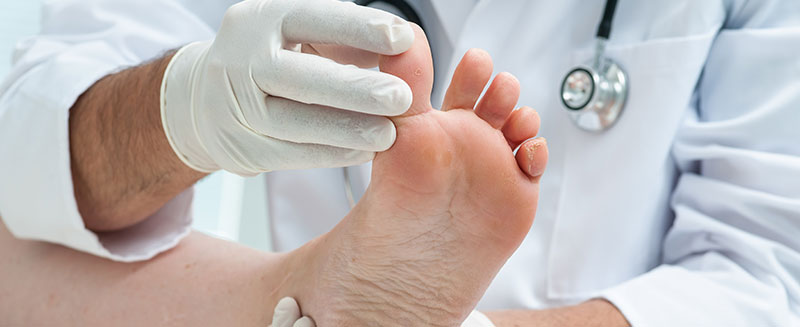 Listen Now
Why Diabetic Foot Exams Are Critically Important
Read More
Listen Now
Why Diabetic Foot Exams Are Critically Important
Read More
-
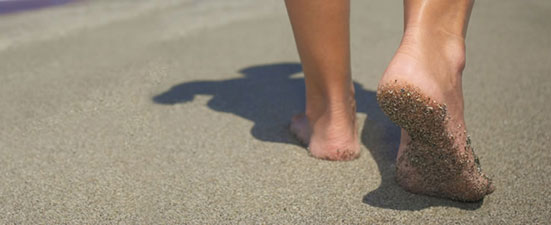 Listen Now
6 Beach Bummers for Your Feet
Read More
Listen Now
6 Beach Bummers for Your Feet
Read More
-
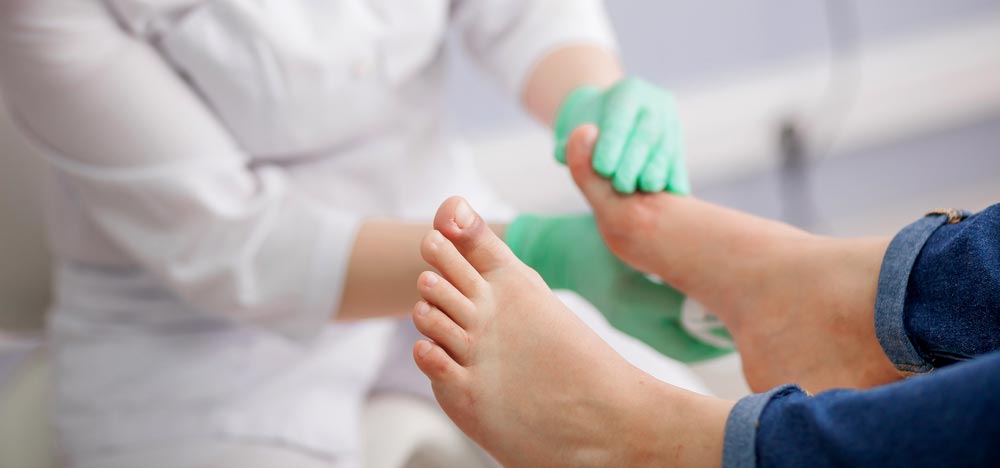 Listen Now
Diabetic Foot Conditions: Charcot Foot
Read More
Listen Now
Diabetic Foot Conditions: Charcot Foot
Read More
-
 Listen Now
Diabetic Foot Conditions: Osteomyelitis
Read More
Listen Now
Diabetic Foot Conditions: Osteomyelitis
Read More
-
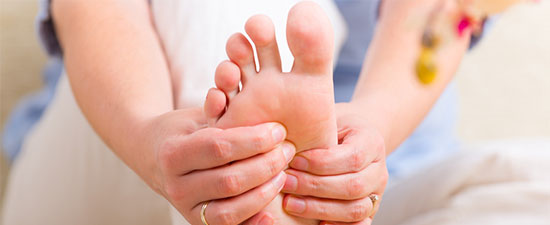 Listen Now
Do Your Burning Feet or Numb Toes Need to See a Doctor? Here's How to Know
Read More
Listen Now
Do Your Burning Feet or Numb Toes Need to See a Doctor? Here's How to Know
Read More
-
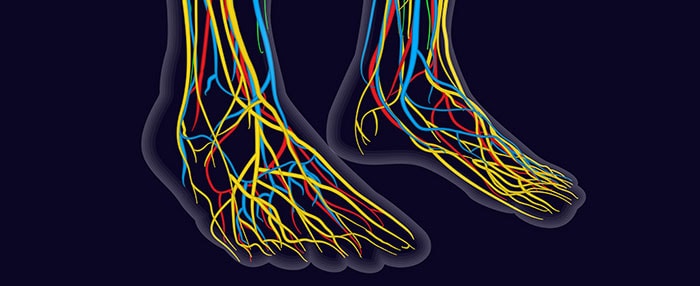 Listen Now
Neuropathy and Nerve Compression: Causes, Symptoms and Treatment
Read More
Listen Now
Neuropathy and Nerve Compression: Causes, Symptoms and Treatment
Read More
